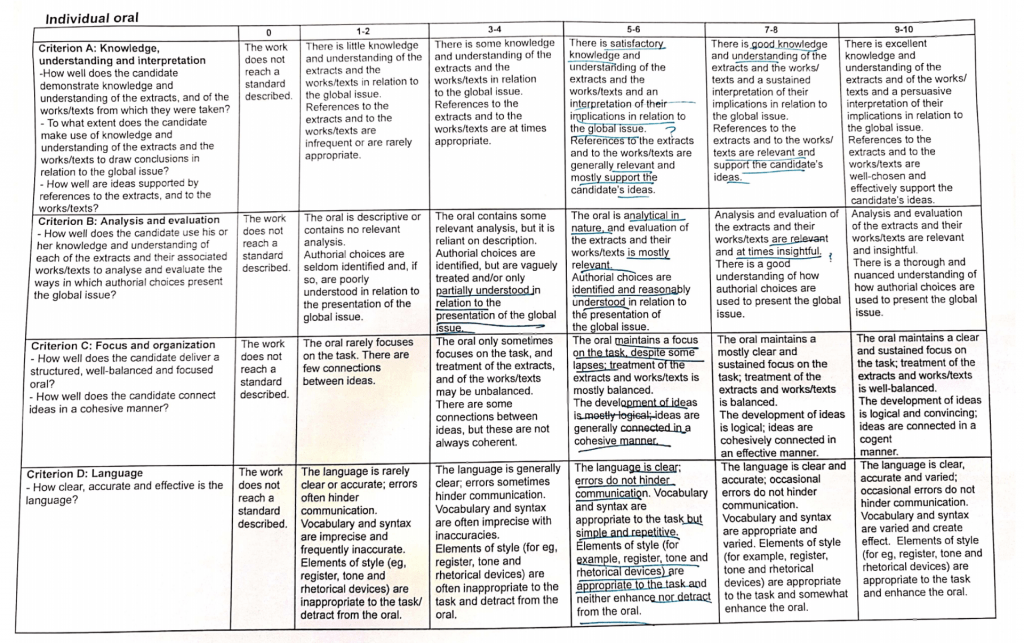LO 5 Demonstrate the skills and recognize the benefits of working collaboratively
I have recently joined a lunchtime group called the student voice. This activity runs throughout the year, however, I have joined midway in season 2. Thus, at first, I really had no idea what was going on. However, it didn’t take me long to get used to the environment and the structure of the activity.
On my first day, I observed what was going on in the service. In student voice, we students get to “voice” our opinions about school and plan certain events. There were many students participating in this activity and so there were a lot of ideas circulating. Although I haven’t participated as much, I came to realise the amount of planning and collaboration that these students went through in order to achieve the activities that we have done so far in mentor. This was kind of an eye-opener to me and it led me to think about the vast opportunities and potential here in this activity to suggest activities that may be beneficial to our community.
However, at the same time, I feel like there may be too many people representing student voice members. To some extent, I feel like there is a certainty indecisiveness to the decisions we make because of the abundance of suggestion but also at the same time, some students are not getting enough opportunities to share their ideas as people who often voice their opinions are commonly picked. Anyways, this is kind of how I feel about student voice.



